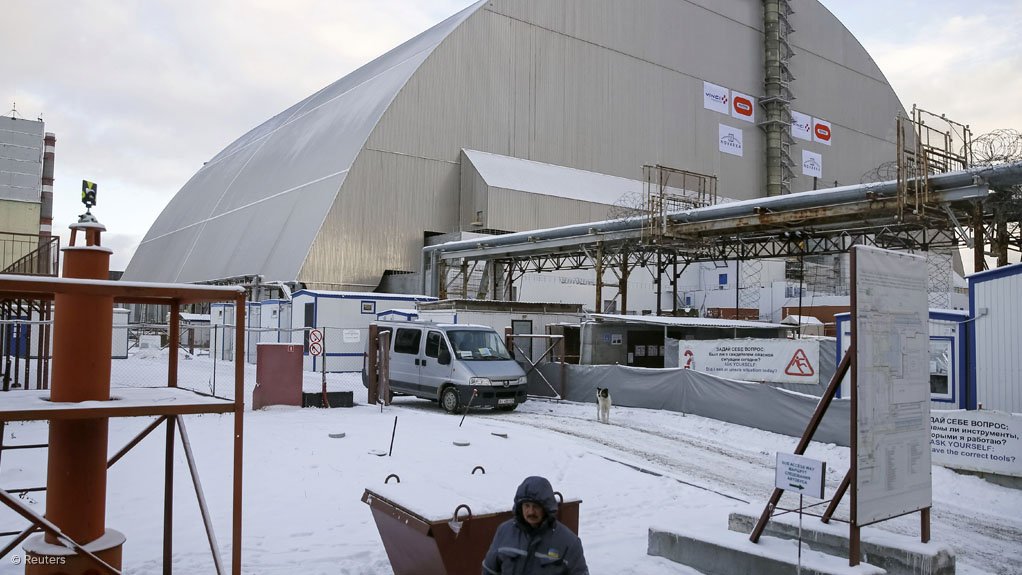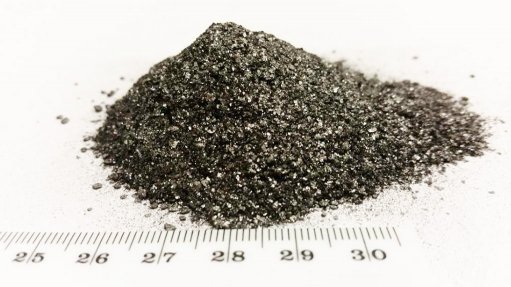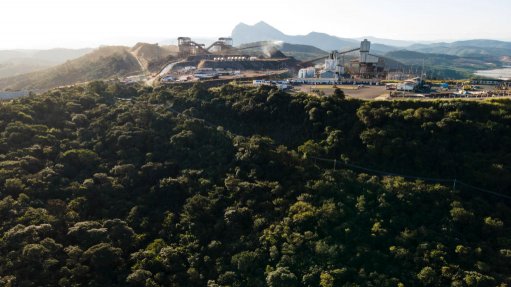The hardly recognised coal miners who limited impact of Soviet nuclear disaster


NEW ERA The existing Chernobyl sarcophagus was re-covered with the recently constructed New Safe Containment shelter to prevent leakage from the existing infrastructure, which is decaying after 30 years of operation
Photo by Reuters
It is not well known that a team of coal miners in the former Soviet Union risked their long-term health by playing an integral part in the dangerous task of safemaking, containment and legacy preparatory works following the 1986 nuclear power plant disaster at Chernobyl, in what is now the independent territory of Ukraine.
The power plant’s Reactor Number 4 light-water graphite-moderated nuclear reactor catastrophically overheated, leading to an explosion and a subsequent open-air graphite fire, thereby releasing radioactive isotopes into the atmosphere for about nine days.
What was supposed to have been a regular systems test turned into one of the most notable nuclear accidents, as several safety precautions had been overlooked and overheating of the reactor core spiralled beyond the control of plant technicians and immediately available plant resources, such as a key emergency core-cooling system that had been disabled.
To date, the Chernobyl disaster remains the world’s worst nuclear power plant accident, considering the cost and casualties incurred. According to the International Nuclear Event Scale, it is one of only two such incidents classified as a Level 7 event (the highest classification), with the Fukushima Dai-ichi nuclear disaster, which occurred in Japan in 2011, being the other.
After the Chernobyl explosion, thousands of nonpower-plant workers – called ‘liquidators’ – were rushed to the plant. Among them were about 400 mineworkers who were called up from coal mines and tasked with excavating a tunnel directly underneath the core of Reactor Number 4.
The primary purpose of the tunnel was to facilitate liquid nitrogen being pumped into the remnants of Reactor Number 4 to cool the nuclear fuel and prevent destruction to the base of a new shelter that was soon to be constructed over the damaged reactor. The shelter – ominously referred to as the sarcophagus – was intended to contain the radioactive material that was leaking into the environment and atmosphere.
The tunnel dug by the coal miners would also serve to mitigate radioactive exposure to an underground aquifer below the reactor.
The team concluded their digging of the 168-m-long tunnel below the reactor 60 days after the disaster, on June 24. Helicopter pilots simultaneously dumped 5 000 t of lead, sand, clay and other material directly into the exposed Reactor Number 4 to douse the flames and reduce radioactive plumes emitting into the atmosphere.
The liquidators are widely credited with limiting the immediate and long-term damage of the disaster.
Comments
Press Office
Announcements
What's On
Subscribe to improve your user experience...
Option 1 (equivalent of R125 a month):
Receive a weekly copy of Creamer Media's Engineering News & Mining Weekly magazine
(print copy for those in South Africa and e-magazine for those outside of South Africa)
Receive daily email newsletters
Access to full search results
Access archive of magazine back copies
Access to Projects in Progress
Access to ONE Research Report of your choice in PDF format
Option 2 (equivalent of R375 a month):
All benefits from Option 1
PLUS
Access to Creamer Media's Research Channel Africa for ALL Research Reports, in PDF format, on various industrial and mining sectors
including Electricity; Water; Energy Transition; Hydrogen; Roads, Rail and Ports; Coal; Gold; Platinum; Battery Metals; etc.
Already a subscriber?
Forgotten your password?
Receive weekly copy of Creamer Media's Engineering News & Mining Weekly magazine (print copy for those in South Africa and e-magazine for those outside of South Africa)
➕
Recieve daily email newsletters
➕
Access to full search results
➕
Access archive of magazine back copies
➕
Access to Projects in Progress
➕
Access to ONE Research Report of your choice in PDF format
RESEARCH CHANNEL AFRICA
R4500 (equivalent of R375 a month)
SUBSCRIBEAll benefits from Option 1
➕
Access to Creamer Media's Research Channel Africa for ALL Research Reports on various industrial and mining sectors, in PDF format, including on:
Electricity
➕
Water
➕
Energy Transition
➕
Hydrogen
➕
Roads, Rail and Ports
➕
Coal
➕
Gold
➕
Platinum
➕
Battery Metals
➕
etc.
Receive all benefits from Option 1 or Option 2 delivered to numerous people at your company
➕
Multiple User names and Passwords for simultaneous log-ins
➕
Intranet integration access to all in your organisation



















